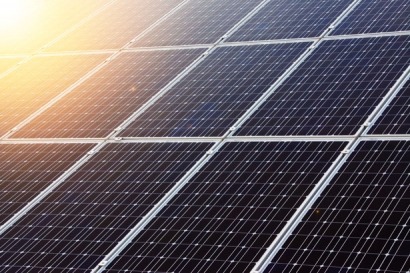
Power generated from solar photovoltaic (PV) panels is much closer to competitiveness with conventional electricity generation than many policy-makers and commentators have realised, according to a new working paper on the subject, released by research company Bloomberg New Energy Finance today.
The paper, Reconsidering the Economics of Photovoltaic Power, looks at the implications of the sharpest falls in the prices of PV technology in recent memory. Average PV module prices have fallen by nearly 75% in the past three years, to the point where solar power is now competitive with daytime retail power prices in a number of countries. It also examines the metrics generally used to measure the economics of solar power against alternative power generating technologies, and finds they are often inadequate, and may introduce bias against the deployment of PV technology.
The authors' aim is to inform policy-makers, utility decision-makers, investors and advisory services, in particular in high-growth developing countries, as they weigh the suite of power generation options available to them. The paper is being submitted for publication in the peer-reviewed literature.
Among the conclusions of the paper are:
• The shift in prices of solar technology carries major implications for policy and investment decision-makers, especially when it comes to the choice of generating technology and the design of tariff, fiscal and other support policies.
• Many observers and decision-makers have yet to catch up with the improvements in the economics of solar power that have resulted from recent PV technology cost and price reductions.
• Recent reductions in PV prices are likely to be sustainable. While overcapacity has caused severe pain for manufacturers, the price falls are primarily a reflection of reductions in manufacturing costs, not solely a reflection of stock liquidation and other short-run factors.
• Commonly used estimates for PV power's competitiveness - including the concept of "grid parity" - are often misleading, given the complex realities of the electricity system.
The paper was written by 10 authors with exceptional insight into the economics of solar power. They are Morgan Bazilian and Ijeoma Onyemi of the United Nations Industrial Development Organization; Michael Liebreich and Jenny Chase of Bloomberg New Energy Finance; Ian MacGill of the University of New South Wales; Jigar Shah of KMR Infrastructure; Dolf Gielen of the International Renewable Energy Agency, IITC; Doug Arent of the Joint Institute for Strategic Energy Analysis; Doug Landfear of AGL Energy; and Shi Zhengrong of Suntech Power Holdings.
[Inset: Courtesy of Vera Kratochvil]
For additional information:

